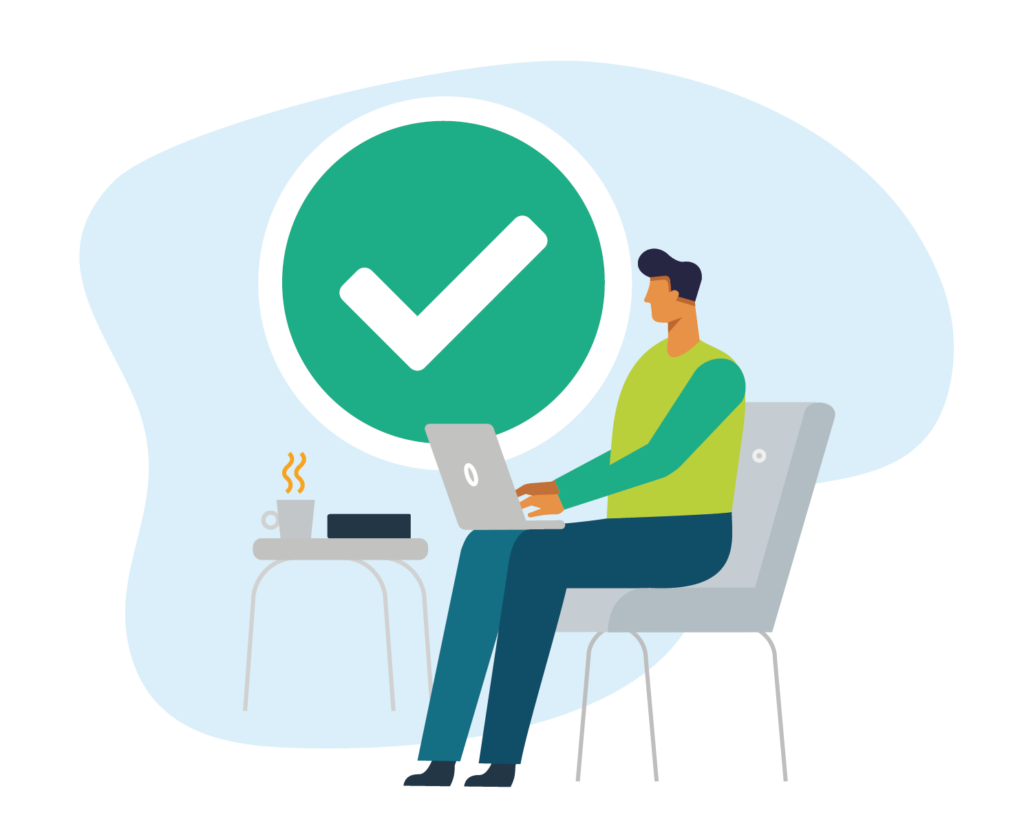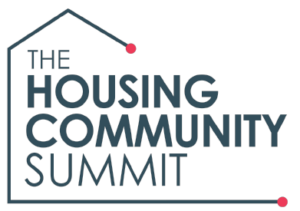Social housing and the Internet of Things (IoT)
The proliferation of IoT devices and sensors in social homes has the capacity to improve housing provision in three core ways; by integrating real-time data to improve asset safety, by making broad cost-savings via operational efficiencies as services become less reactive, and by improving the communication between residents and providers to support sustainable tenancies.
To date, the take-up of IoT technologies by social housing providers has been cautious. By 2019, only 20% had implemented a solution in more than 100 homes. Factors that are accelerating implementation across the sector include successful case studies emerging from early adopters, as seen with MRI client, Housing Solutions who implemented an AI customer portal. The portal has greatly reduced time spent by officers on day-to-day functions, leaving them able to spend time on cases in need of more support.
Expected changes in the regulatory environment will also drive IoT uptake to improve safety and resident experience. The Building Safety Bill will mandate that each organisation has a ‘chosen person’ who bears responsibility for ‘The Golden Thread’ of asset information, necessitating better digital records of buildings. Furthermore, those trying to get ahead by adopting further digital infrastructure will be influenced by the recommendations made by The Hackitt Review for ensuring building safety.
IoT can be deployed across social housing in many shapes and sizes. Examples range from AI communications to smart locks, leak detectors, smart meters, fire door safety, smoke alarms, environmental sensors, smart boilers and smart lighting.
Environmental sensors can help improve safety and service in homes. By tracking information related to temperature and humidity, housing providers can compare poorly performing homes against data around a resident’s financial vulnerability. Identifying those at risk of fuel poverty can assist teams in creating personalised plans based on evidence to improve the resident experience.
For housing providers looking to utilise IoT, three key factors should be considered:
- Embedding connected homes will drive cost efficiency and contribute carbon saving goals
- Without a plan for IoT, any organisation’s digital transformation faces further disruption; action now will reap benefits sooner
- Residents can be empowered by being given transparency over how their home performs
Data standards and compliance
In our first Data Revolution breakfast meeting, Phil Brining, from Data Protection People warned the housing sector about careful adoption of connected homes: “I would fully expect a revision to the privacy and electronic communication regulations (the PECR) to follow, to ensure that British data protection laws remain broadly equivalent to those in the EU. Privacy regulation brings under its scope IoT devices; regulatory change is likely on its way for the Internet of Things.” For more of Phil’s insights, you can read The Data Revolution e-book here.
Social Housing and the Internet of Things
If a housing provider cannot explain what a sensor or smart meter device does in a resident’s home, how it benefits both the housing provider and the resident, and how that data will be collected, stored and protected, it shouldn’t be deployed and could in fact, damage trust in a provider. For Maryhill Housing in Glasgow, including tenants in the journey was fundamental to their IoT strategy. Alongside the provision of high-speed fibre optic internet, free classes were provided to residents to increase digital inclusion.
The adoption of IoT devices can drive inclusive design within an organisation. Residents with mobility needs for example, can be provided with the control of lighting or temperature from wherever they are in their homes. Smart sensors, planned well, can serve to greatly improve the quality of life for those who need it – but could benefit everybody. Installing systems that work for all residents can also save on some costly adaptations.
Giving residents access to smart home technology can create a more collaborative relationship between social housing organisations and their residents, empowering both with the tools and data so they can share the responsibility of efficiently managing and maintaining their homes.
Smart locks are another way in which IoT can improve a resident’s experience in their home. In the simplest of ways, if keys are lost then residents can be granted access to their home remotely. Operatives can also be let into a home without the residents needing to be present in order to carry out routine safety checks. And as housing teams may continue to work remotely, smart locks could also enable local officers to perform a welfare check if concerns are raised.
Improving communications: Housing Solutions
Housing Solutions rolled out 4,500 Amazon Alexa devices to residents, in order to establish an AI platform that would provide 24/7 real-time interaction with residents around day-to-day activities such as allowing tenants to make routine requests, enquire about rent-balance enquiries, log repairs and update their personal information. In doing so, they were able to free up officer time for residents needing more support. Like Maryhill in Glasgow, Housing Solutions also improved their Wi-Fi provision to make sure all residents had access to this scheme.
Under this scheme, residents have been able to request calls from officers at their leisure, eliminating time spent in hold queues and giving them a hands-free path to communicate with their housing provider. Through the scheme, Housing Solutions could identify the most popular topics being asked, which have all now been fully automated, minimising the time spent answering these simpler questions.
Joining the data dots
Looking to the future, the better served assets are by a digital feedback loop, facilitated by the IoT, the broader the impact and business intelligence they can harvest. As this environment is rolled out across sectors, there will more opportunities for joint working. Plans from the Cambridge Centre for Digital Built Britain (CDDB) envisage digital twins that securely feed a National Digital Twin to eventually allow the integration of data between service providers.
An example of this further down the line could be collaborations between housing organisations and water companies that safely share data in order to model which homes could be susceptible to floods and kick-start preventative works to protect those homes.
The Internet of Things (IoT) can enable efficiencies for operations and maintenance, but it’s the promise of analytics that offers the most business benefits. The enhanced technology around analytics detects patterns and trends, allowing you to make more intelligent decisions about the business moving forward. Uncertainty is driving firms to look toward best-in-class innovations that offer predictive analytics, fuelling the demand for long-term portfolio planning, risk mitigation and streamlined strategic planning.
Brian Zrimsek, MRI’s resident subject matter expert on real-estate tech
At a consumer level, smart devices can streamline activities, saving money and time and making homes easier to live in. However, at scale, the possibilities for organisations to improve their processes and services, moving operations towards proactive rather than reactive change, are vast and in the future, could help connect previously siloed sectors and environments.
Mastering lease accounting: Lessons from IFRS 16 & the FRS 102 transition
Watch our latest webinar on mastering lease accounting: lessons from IFRS16 and the FRS 102 transition in partnership with The CFO. Where Gavin Maze from MRI Software and Richard Olney from Grant Thornton discussed key updates, challenges, and how te…

